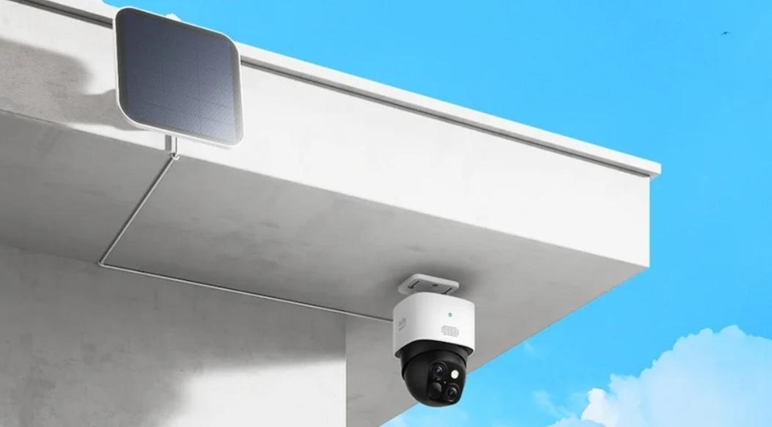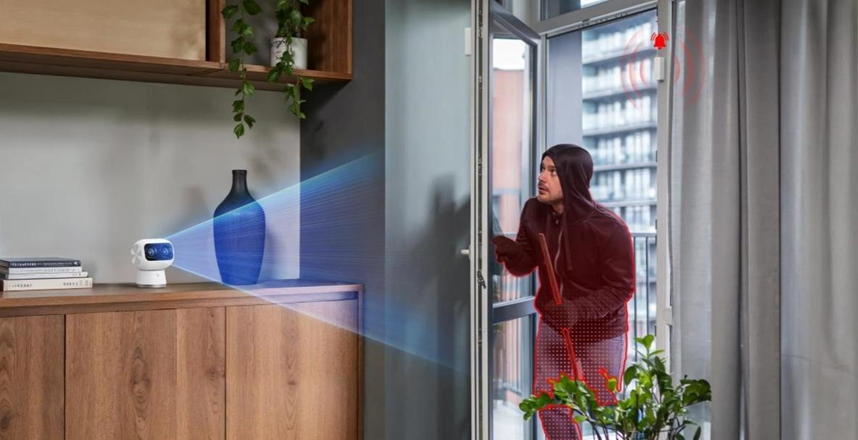
Security cameras form a crucial component in safeguarding homes and businesses from theft. Their popularity stems from the vital role they play in crime prevention and the peace of mind they offer. By installing these devices, property owners aim to deter potential criminals. This comprehensive guide delves into how effectively security cameras prevent theft, analyzing the best scenarios where they prove most beneficial. Through exploring psychological deterrence, evidence collection, and best practices for placement and integration with other security measures, this guide aims to offer a complete understanding of their effectiveness in various settings. Understand how strategic use of security equipment can minimize risks and ensure your property remains protected against unauthorized intruders.
Why Cameras Deter Theft
What makes security cameras uniquely advantageous are the dual roles they play—deterrence and documentation. Properly utilized, they provide owners with a powerful tool that discourages unlawful acts while facilitating law enforcement’s job through recorded evidence.
Visible Cameras as a Psychological Deterrent
Visible security cameras act as a deterrent by leveraging the psychological effects they impose on would-be criminals. When intruders or vandals notice a camera, they often reconsider because of the potential for being recorded. This visibility impacts their decision-making, making the risk too high to proceed with their criminal intentions. The visible presence suggests preparedness and vigilance on the owner’s part, which inadvertently causes fear of detection and capture in the offenders. Consequently, this leads to a reduction in crime rates where cameras are evident. Communities and businesses utilize this to their advantage, positioning cameras prominently to maximize this deterrent effect.
Evidence for Law Enforcement
Beyond deterrence, security cameras are invaluable for gathering evidence vital for law enforcement. Recorded footage provides an objective account of events, aiding in identifying suspects and reconstructing criminal activities. This evidence helps authorities in solving crimes faster and more accurately. When incidents occur, reviewing the footage can offer critical details that might otherwise be missed, from timelines to suspect descriptions. Having solid evidence frequently results in higher conviction rates and proves instrumental during legal proceedings. Additionally, well-documented cases build strong community trust in security measures and law enforcement efforts. Property owners must ensure these recordings are easily accessible and securely stored, enhancing law enforcement’s ability to utilize the evidence effectively when required.
Situations Where Cameras Work Best
Security cameras don’t offer blanket protection for every environment. Instead, their effectiveness excels in specific scenarios, particularly in high-traffic areas requiring robust monitoring.
Parking Lots & Garages
Parking lots and garages represent environments where security cameras can significantly enhance safety and deter crime. Vehicles parked in these areas are often targets for theft and vandalism due to the ease with which thieves can operate undetected. Installing cameras at strategic points within the facility increases surveillance coverage, thereby reducing risks. Bright lighting and visible surveillance devices make these areas less attractive to potential criminals. Additionally, recorded footage serves as critical evidence in solving crimes or disputes involving vehicles. Owners of parking facilities should aim for comprehensive coverage, ensuring cameras capture entrance and exit points, stairwells, and remote areas prone to criminal activity.
Home Entry Points
Security cameras positioned at home entry points significantly bolster residential security. Entryways like front doors, back doors, and garage entrances are primary targets for burglars seeking easy access. Placing cameras at these critical locations allows homeowners to monitor and record any suspicious activity. The presence of cameras deters criminals who typically look for soft targets with minimal risk of being observed or recorded. Additionally, doorbell cameras have gained popularity, offering visual confirmation of visitors and packages, which enhances both safety and convenience. Integration with smart home systems allows instant alerts, giving homeowners peace of mind even when they’re away.

Retail Stores & Warehouses
Retail stores and warehouses face frequent theft threats due to valuable merchandise and busy environments. Cameras in these settings serve dual purposes: preventing theft and improving operational oversight. By visibly displaying security cameras, store owners can deter shoplifters and internal pilferage. In warehouses, cameras monitor stock movement, minimizing theft risks and assisting inventory management. Strategic placement along aisles, at entrances, and near point-of-sale systems ensures comprehensive coverage and aids in spotting discrepancies or suspect behavior. Additionally, these systems can provide evidence in case disputes or incidents occur, protecting businesses from fraudulent claims.
Best Practices to Maximize Effectiveness
For optimal security camera performance, combining them with complementary systems and proper placement is key. A well-rounded approach that integrates lighting, alarms, and systematic coverage ensures comprehensive protection.
Combine with Lighting & Alarms
Merging security cameras with lighting and alarm systems forms a robust security network. Proper lighting eliminates dark areas that offer cover to criminals, while alarms alert owners and authorities to active breaches. This combination creates a daunting environment for would-be intruders. Strategically placed lights activate via motion sensors, making cameras capture clearer footage and ward off trespassers. Alarms provide immediate notification, accelerating response times and minimizing potential damages. Integration ensures these systems operate in unison, establishing a comprehensive protective measure. For instance, motion-activated alarms can trigger both alerts and lights, capturing high-quality footage while deterring intrusion attempts.
Ensure Proper Placement & Coverage
Effective camera placement is crucial for maximizing security benefits. To achieve this, owners should conduct thorough assessments of the property, identifying high-risk areas that require consistent surveillance. Cameras should be installed at angles that offer wide visibility, covering entry points and blind spots effectively. Positioning them at sufficient heights protects them from vandalism and direct tampering. Overlapping coverage between cameras ensures comprehensive monitoring, eliminating hidden areas that could be exploited. In addition, when planning setups, consideration of aspects such as lighting patterns, potential obstructions, and environmental conditions ensures uninterrupted performance. Homeowners and businesses should opt for high-resolution cameras to capture detailed images, providing clear evidence if needed.
Conclusion
Security cameras serve as a vital tool in crime prevention and incident monitoring. By creating a visible deterrent and providing essential evidence, they help secure environments against theft. They are most effective in strategic locations such as parking lots, home entry points, and busy commercial areas. However, effectiveness also hinges on correctly implementing best practices, including combining them with lighting and alarms and ensuring proper placement. For those committed to heightened security, understanding how to incorporate these cameras within a broader system offers tangible benefits. An informed approach maximizes the protective capabilities of security cameras, enhancing safety and peace of mind for property owners.